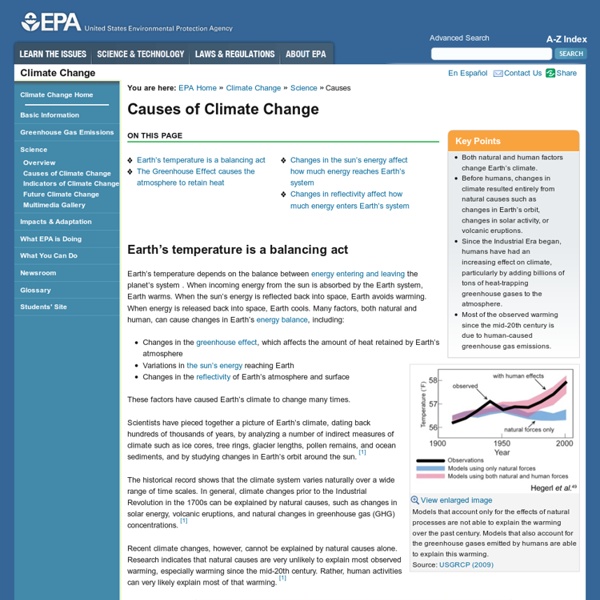Causes of Climate Change

untitled
It’s simple, really: As long as we pour CO2; into the atmosphere faster than nature drains it out, the planet warms. And that extra carbon takes a long time to drain out of the tub. A fundamental human flaw, says John Sterman, impedes action on global warming. Sterman is not talking about greed, selfishness, or some other vice. Plants, oceans, and rocks all drain carbon from the atmosphere, but as climatologist David Archer explains in his book The Long Thaw, those drains are slow. Most of Sterman’s students—and his results have been replicated at other universities—didn’t understand that, at least not when the problem was described in the usual climate jargon.
File:Cloudseedingimagerevised.jpg
File:Ceres 2003 2004 clear sky total sky albedo.png
untitled
Google Maps JavaScript API Example
BESbewy
Related:
Related:



